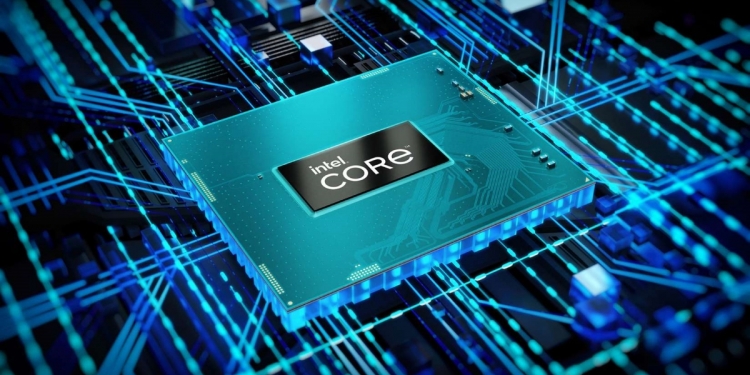Intel has announced a number of new members joining their already stacked mobile range of Alder Lake processors. These new chips come with the HX suffix, and are destined for the highest end laptops that can double as a portable desktop replacement. They also have some notable features that were desktop-only before this such as PCIe 5.0 support.
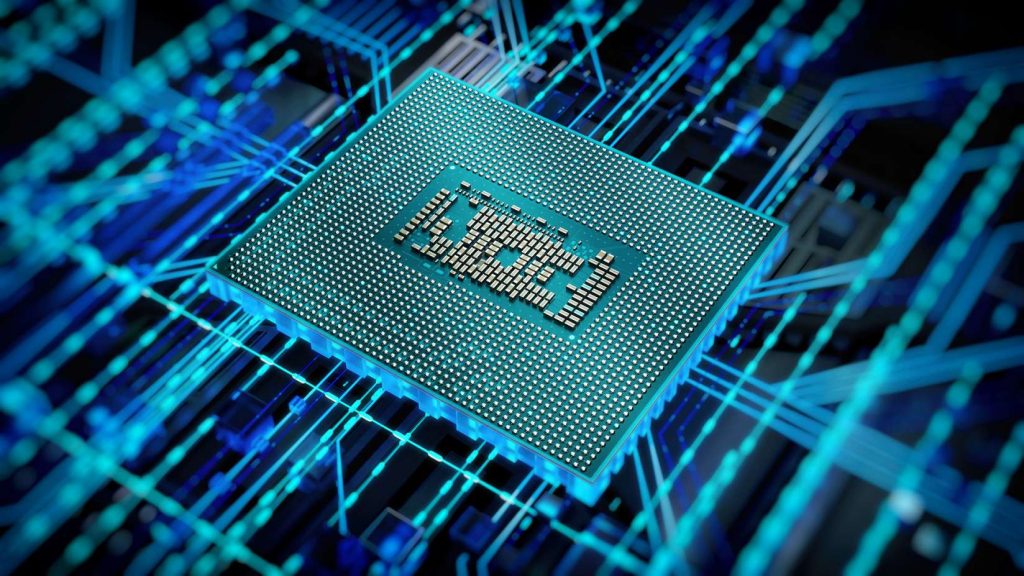
In fact, when you consider their 55W TDP, these HX mobile processors are almost as power hungry as the desktop processors they want to emulate. For instance, while not necessarily the most powerful of the lot, Intel’s more mainstream 12th Gen Core desktop CPUs all have a base power usage of 65W for Core i5 models and above. There’s a good reason for this too, as Intel is actually using its desktop Alder Lake platform and essentially making it fit for a mobile chip in the form of the HX series.
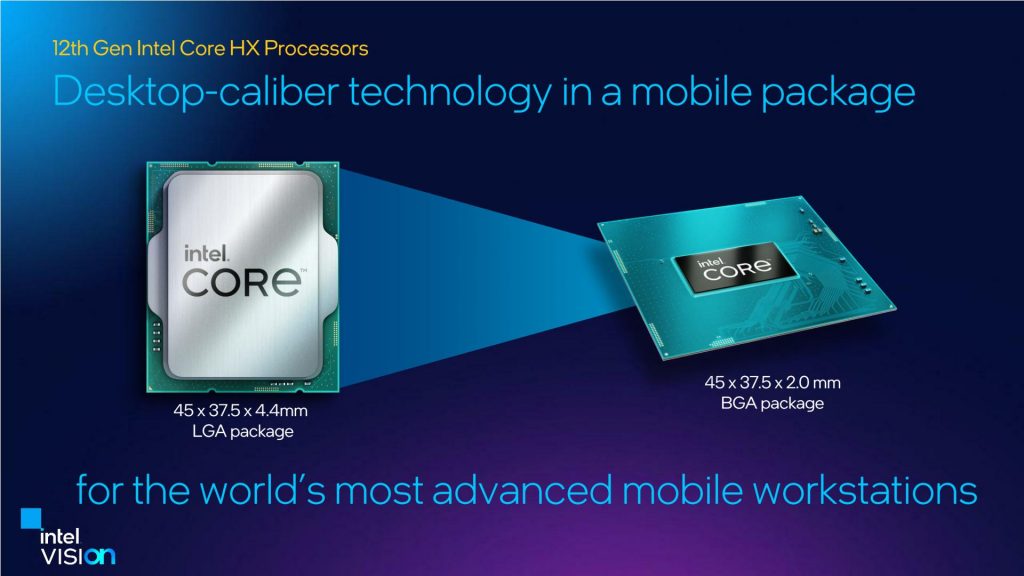
By using a desktop chip retrofitted into their mobile package, it also gets some features previously limited to just the desktop Alder Lake chips, such as its I/O connectivity, memory overclocking and the aforementioned PCIe 5.0 support. However, it also loses a number of features that Intel’s mobile chips typically have such as its integrated Iris Xe graphics cut down from 96 execution units to just 32 .
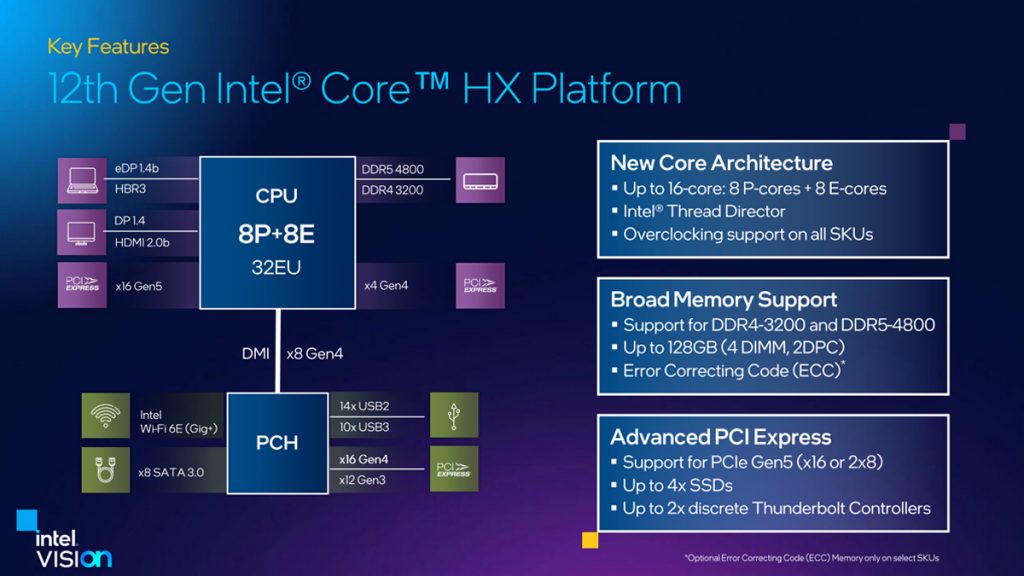
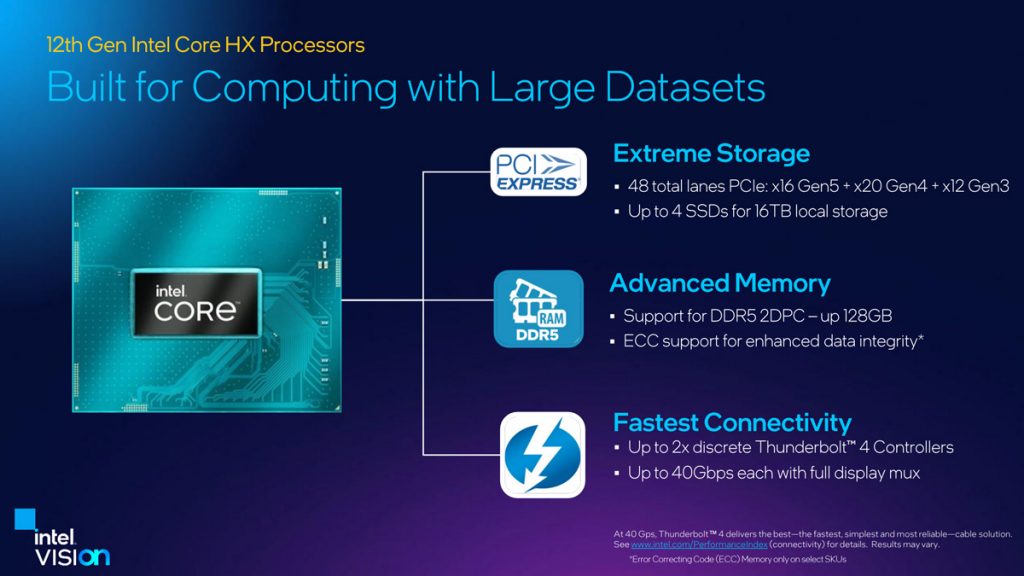
As for the actual HX processors themselves, there are seven of them in total with three of them being Intel vPro chips which are typically more enterprise-focused than mainstream, offering extras such as ECC RAM support. At the very top of the product stack here we have the Intel Core i9-12900HX which packs 8 of their performance cores and 8 of their efficiency cores, with 24 threads to boot. They run at 2.3GHz and 1.7GHz at base clock respectively, boosting to 5.0GHz and 3.6GHz at maximum frequency. Intel rates it at 55W of base power rising to 157W at full use. Its vPro cousin meanwhile, the Core i9-12950HX, is near identical except addtional ECC RAM support and limited overclocking support.
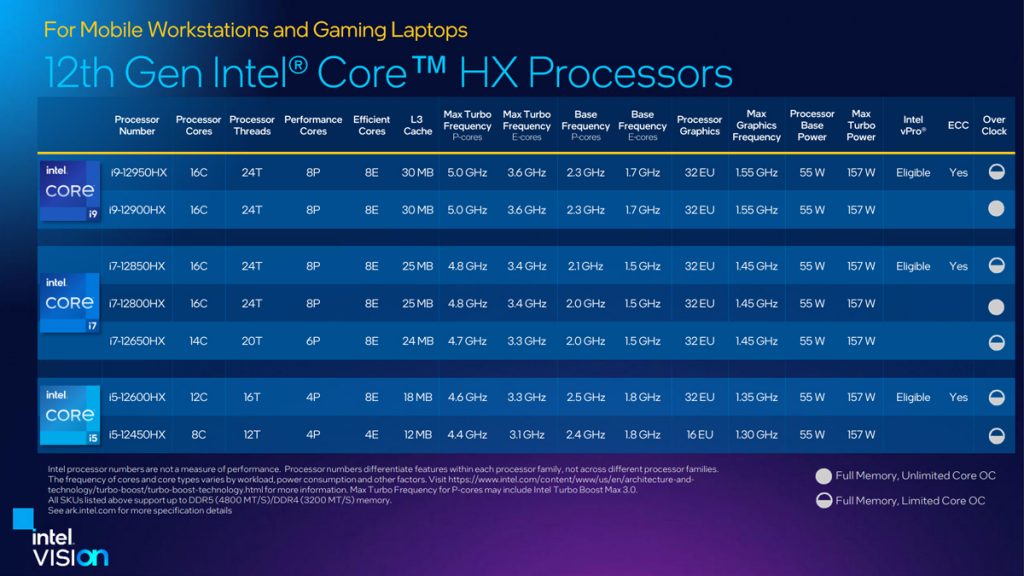
There’s then the Core i7-12800HX, again with 8 P-cores, 8 E-cores and 24 threads but at lower base and boost clock speeds of 2.0GHz/1.5GHz and 3.4GHz/2.0GHz. It also has less L3 cache than the Core i9 chips, at 25MB. Meanwhile, it’s vPro alternative is the Core i7-12850HX that again is near identical barring an ever so slightly higher 2.1GHz base clock speeds on its P-cores and ECC RAM support. The lowest Core i7 meanwhile is the Core i7-12650HX, with 6 P-cores, 8 E-cores and 20 threads. They have the same base clock speeds as the Core i7-12800HX, with slightly lower max turbo frequencies and slightly less L3 cache at 24MB.
Rounding off the 12th Gen Intel Core HX processors are a pair of Core i5 entries. The Core i5-12600HX is a vPro chip running 4 P-cores, 8 E-cores with 12 threads at 2.5GHz/1.8GHz base clock and 4.6GHz/3.3GHz boost clock. Below that is the Core i5-12450HX with 4 P-cores, 4 E-cores and 12 threads, running at 2.4GHz/1.8GHz boosting to 4.4GHz/3.1GHz. It also has a weaker integrated graphics than the rest, with just 16 execution units.
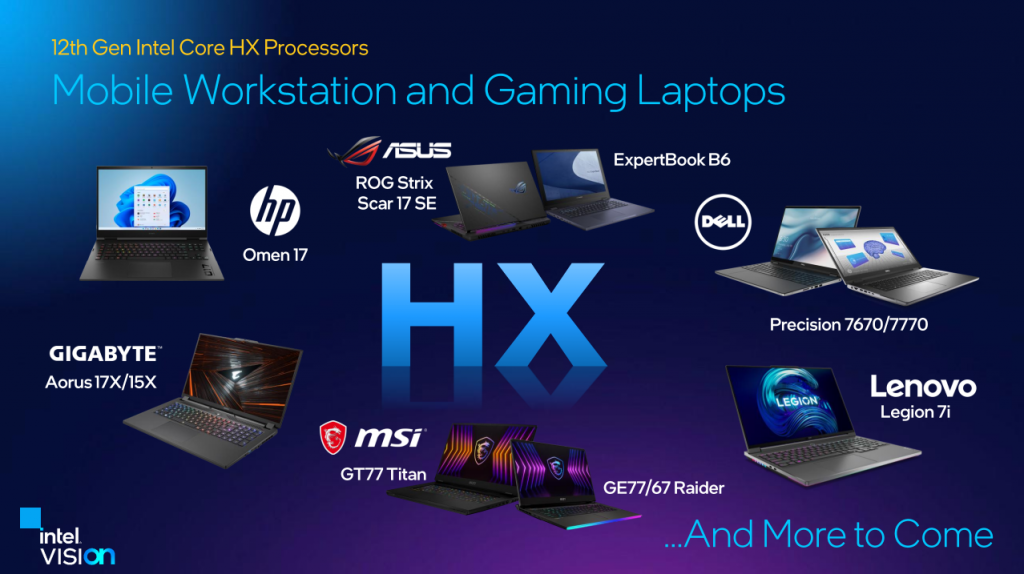
While we will need to wait a little bit more for the actual chips to appear in laptops, Intel has already shared that their partners such as MSI, Asus, Dell, Lenovo, HP and Gigabyte are set to be the first to offer their 12th Gen Intel Core HX mobile processors soon. These are a mix of both high end gaming laptops as well as mobile workstations, ranging from the Asus ROG Strix Scar 17 SE to the Dell Precision 7670.

